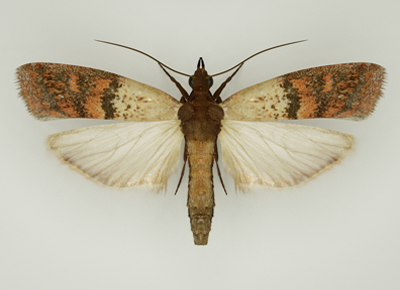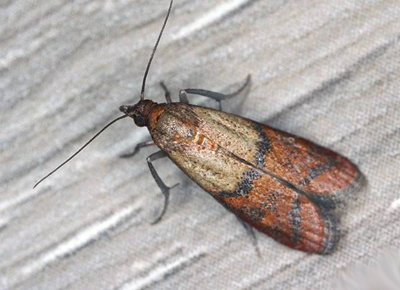



Pest Control
Indianmeal Moth
The Indianmeal moth is the most commonly known household moth that can reproduce in homes. It develops as a pest of different food varieties normally found in storage rooms. The Indianmeal moth can seriously harm food things and the grown-up moths can become irritating as they have the tendency to fly through the home as well.
The Indianmeal moth, Plodia interpunctella (Hübner), is a very common household pest, feeding principally on stored food products. In fact, it has been called the most important pest of stored products commonly found in American homes or grocery stores. The larvae are general feeders and can be found in grain products, seeds, dried fruit, dog food, and spices. The Indianmeal moth received its common name from the United States where it was found to be a pest of meal made of “Indian corn” or maize.
This insect is found in a wide range of climates in stored products and food storage facilities around the world. It is very common in Florida, where it also lives successfully outdoors.
Eggs: Eggs of the Indianmeal moth appear grayish white and range in length from 0.3 to 0.5 mm. Eggs are oviposited singly or in clusters, and are generally laid directly on the larval food source.
Larvae: There are five to seven larval instars. Their color is usually off-white, but has been observed to be pink, brown or almost greenish, depending on the food source. The mature larvae are about 1/2 inch (1.27 cm) in length. They have five pairs of well-developed prolegs that help them move considerable distances to pupate.
Pupae: The larvae pupate either in a silken cocoon or unprotected. The pupae are 1/4 to 2/5 inch long (6 to 11 mm) and are pale brown in color. Pupation takes place away from the infested material.
Identify & Control Common Pests
Identify & Control Common Pests
Green Pest Management is offering effecive pest extermination services in both residential and commercial sectors. We are providing safe, quick and effective wasp removal services to protect your family
from pests and associated risks.




